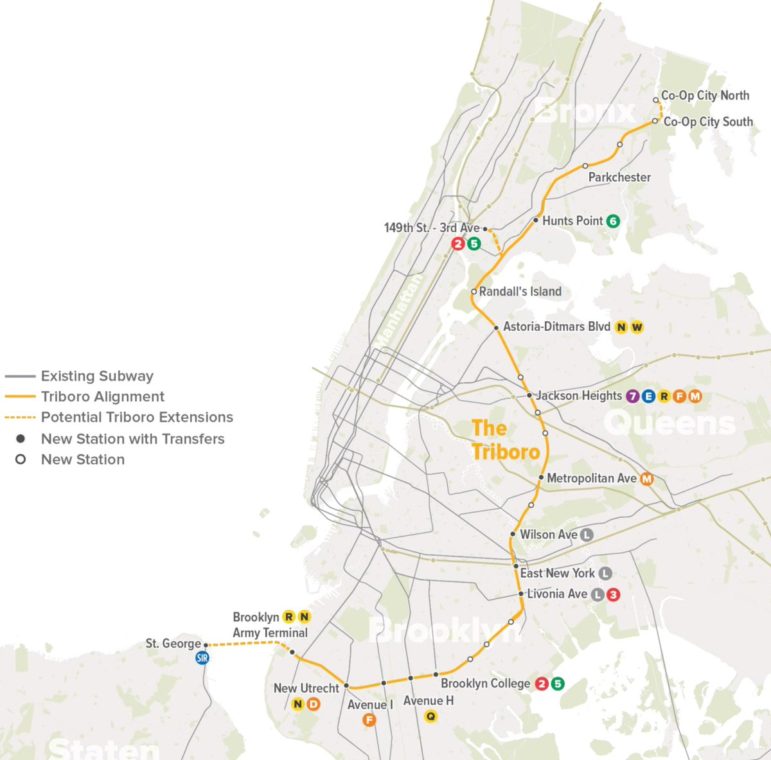
RPA
Manhattan, Schmanhattan: How about a transit line for three of the outer boroughs where population and jobs are booming?
A more than 20-year-old proposal to construct an above-ground rail line connecting Brooklyn, Queens and The Bronx is getting renewed attention in Albany, as one lawmaker looks to boost transit options for the city’s outer borough residents.
Assembly Member Latrice Walker introduced a bill last week that would require the MTA to conduct a feasibility study on The Triboro— a proposal from the Regional Plan Association (RPA), first introduced in 1996, to build a 24-mile train route along an existing rail right-of-way stretching from Co-op City to Bay Ridge.
Walker, who represents Brownsville, says the time is right to revisit the idea, as the city and state continue to debate ways to improve to region’s transit network, and as the future implementation of congestion pricing is expected to garner new revenue for the cash-strapped MTA.
Get the best of City Limits news in your inbox.
Select any of our free weekly newsletters and stay informed on the latest policy-focused, independent news.
“Residents in communities such as Brownsville or Co-op city have been plagued by two-fare zones and inaccessibility, however, when we have conversations regarding updating infrastructure and service lines, it always seems as if we are an after-thought,” Walker told City Limits in a statement. “As our great state is about to receive an influx of transportation dollars from policy initiatives like congestion pricing, this study may prove to be a worthwhile plan to give hardworking families in outer boroughs the ability for their dollars to work for them.”
The RPA proposed The Triboro to create a north-south connection for commuters in the outer boroughs, where nearly half of the city’s job growth has occurred over the last decade but where many neighborhoods remain underserved by the MTA’s Manhattan-centric subway network.
Under the RPA’s plan, the Triboro would be built along existing rail lines, with 22 stations running from Co-op City into the South Bronx, connecting to Queens neighborhoods like Astoria and Jackson Heights before heading into Brooklyn, where it would run through East New York, Flatbush and Bensonhurst, terminating in Bay Ridge. The route would connect to 17 subway lines and four commuter rail lines, according to the RPA’s plans.
City planners have long sought ways to improve public transit connections between the outer boroughs, including Mayor de Blasio’s proposed Brooklyn-Queens Connector streetcar, which would run along the waterfront. Currently, riders traveling between The Bronx, Queens and Brooklyn via the subway often have to pass through Manhattan, or can opt to take often slow-moving MTA buses. The Triboro could shorten commutes for some riders by more than 30 minutes, according to the RPA.
The route would also make use of existing rail infrastructure, making it less expensive to build out, according to the organization, which estimates The Triboro would cost $1 billion to $2 billion to construct (by comparison, the MTA’s East Side Access project to extend the LIRR to Grand Central Terminal surpassed the $11 billion price mark last year, according to reports).
“There’s not as much infrastructure that would need to be built to make it a feasible line,” says Maulin Mehta, a senior associate of state programs and advocacy for the RPA. ” With the transit crisis…there’s been a shift in wanting to do transit projects that give people a little more bang for their buck.”
The route proposed for The Triboro is along a rail right-of-way owned by three different entities: Amtrak, LIRR and freight operator CSX. Walker’s bill would require the MTA to study the feasibility of the project from a number of perspectives, including “the feasibility of co-mingling public transit and freight” and whether such a line could be integrated with the area’s existing transit and fare systems.
“The main point behind getting this feasibility study done is to ensure what we think is doable is something that the MTA can accomplish,” Mehta says.
The MTA declined to comment on the legislation.


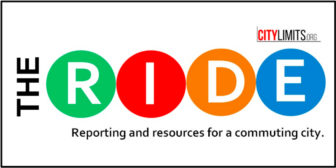
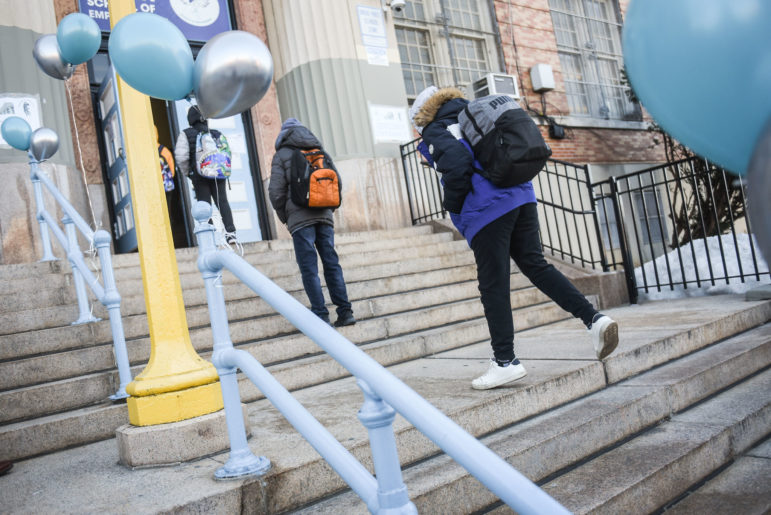
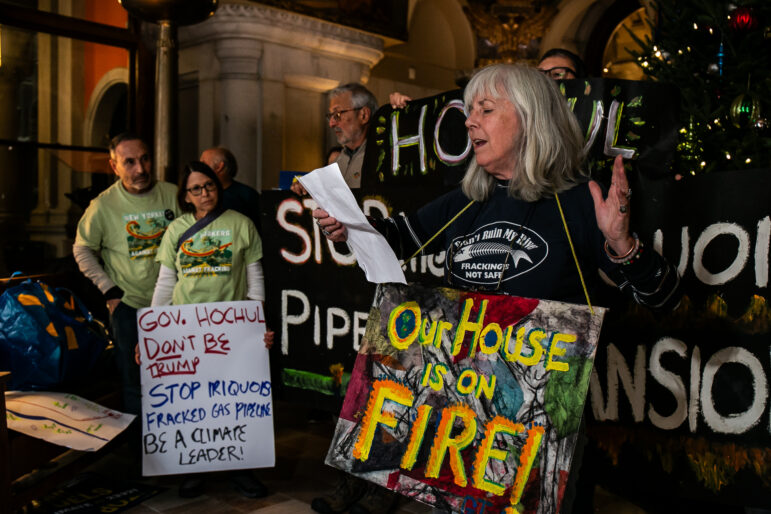
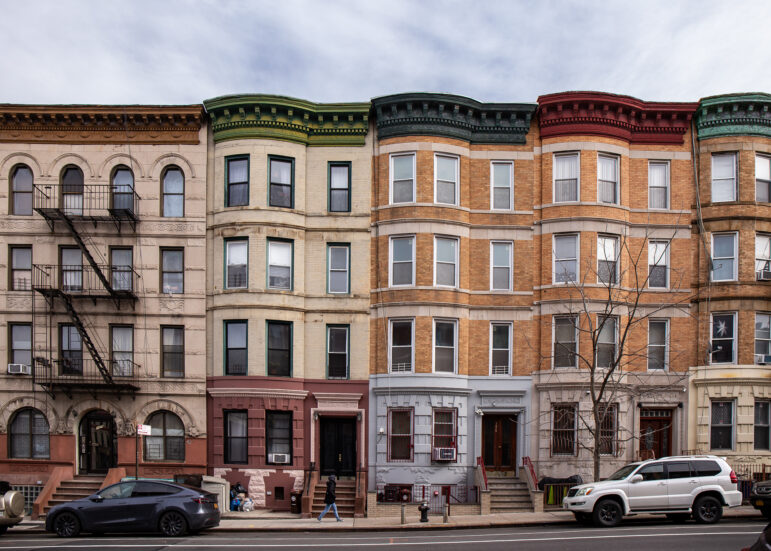
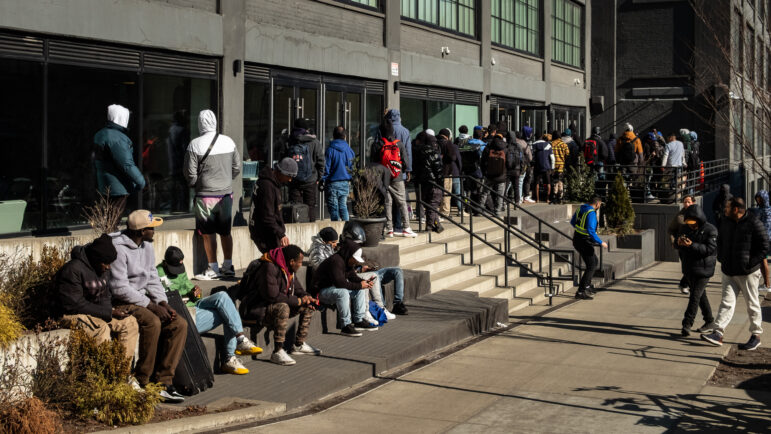
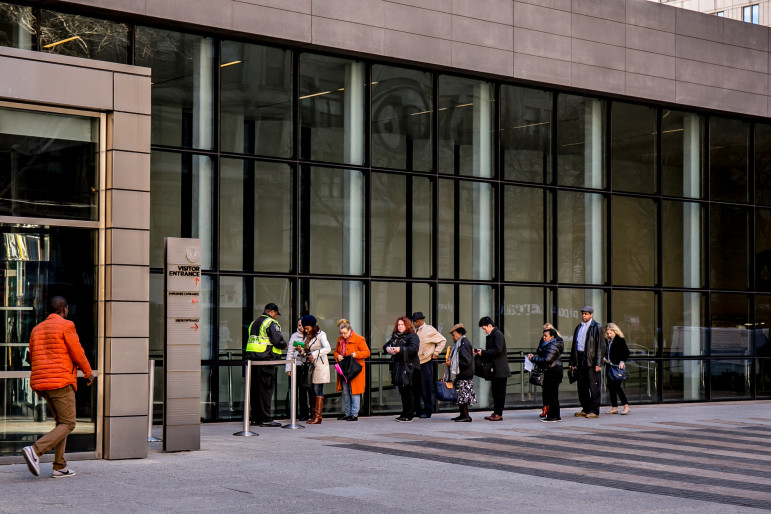


29 thoughts on “Call to Study New Transit Line Linking Bronx, Queens and Brooklyn”
$2B really = $6B and counting. There is no money for this project. Subway trains and freight trains are barred from using the same tracks, so the ROW would have to be widened in many part of Brooklyn, particularly between Ocean Avenue and New Utrecht Avenue. The MTA has no interest in building this proposed low-ridership line.
Anybody else remember the proposed ‘Cross-Brooklyn Expressway’?
http://www.nycroads.com/roads/cross-brooklyn/
You’re right about sporadic freight service on the southern segment of the right-of-way, but this isn’t an all-or-nothing concept. The MTA *has* expressed more than mere interest in expanding existing commuter service that’s already using the northern segment: http://web.mta.info/capital/penn_station_access_alt.html
This. I’m really wondering how this will mesh with the existing project in the Bronx. There’s already been lots of friction with Amtrak over the right of way in the Bronx, so is this going to add more traffic on that line?
I hate when people think this line will be low ridership because it has the potential to absorb not only automotive trips but inspire new ones.
Exactly and if it joins 17 subway lines, it may actually have the opposite effect while relieving pressure on trains that go through Manhattan. It may be decades before the second avenue line goes from the Bronx to South Ferry, another reliever of pressure. The more decades pass, the more expensive it will be, so might as well swallow the cost now, because it is up from here. It is the government’s duty to spend our tax dollars on infrastructure.
its being used everyday as a freight line…..the train barges unload the cars and the locomotive pulls them off
Thanks for covering this topic.
The alignment of this existing right-of-way — through Astoria — is one more argument against Cuomo’s boneheaded proposal to anchor his LaGuardia airport rail link at out-of-the-way Willets Point rather than extending the existing “N” and “W” service from Astoria – Ditmars Blvd. Access to airports isn’t just for folks who fly. I’m clueless about specific numbers, but it’s a fair guess that if the existing “N” and “W” were extended to LaGuardia, the notional “Triboro” would be a real benefit to thousands of daily workers commuting to and from LaGuardia for their jobs.
Pingback: “Bay Ridge Brooklyn” – Google News: Call to Study New Transit Line Linking Bronx, Queens and Brooklyn – City Limits – The New York Web News – newyorkwebnews.com
My thoughts:
A. I love the idea as it’d have saved me and others time going between the Bronx and Queens, where transit connections are slow and too few.
B. Amtrak passenger services must not be interrupted from the progress in higher speeds sought for the Northeast Corridor, nor should Metro North be shut-out if they’re to operate in this area (I’ll get back to that).
Freight operations of CSX, P&W and the NY&A (over LIRR tracks) also must not be curtailed or limited from their re-expansion into roles that had been stifled in the last 40 years as freight-rail makes a resurgence. New infrastructure should not directly harm the existing if it’s to gain advocacy.
C. Existing ruins of station & platform areas can be reused (think Westchester Avenue station of the former NYW&B/ New Haven line, or East New York on the Bay Ridge LIRR branch). Replacement tracks can be added in most places to make for enough tracks, with other removed tracks serving sites for platforms for new stations, which is all fine and dandy towards why this could work, but:
Hell Gate bridge has 3/4 of the tracks it was built for and won’t easily be expanded to carry more. Amtrak needs its two, freight needs at least the one it has, so this represents pinch on an otherwise 2-track subway operation, as it’s over 3 miles of single-track that we’re talking about (though most of it is over water and thus has no stations). I don’t think you’re allowed to operate a subway train that close to other trains so the point may be moot.
>It should thus be built as a commuter rail route<
1. Who runs it isn't too important, as it connects many different organizations. Being a commuter rail operation it could be a part of Metro North or made its own service, but sharing Metro North's equipment pool and facilities would keep the budget.
2. Doing so allows sharing of tracks with regular freight trains and Amtrak runs. As freight is usually curtailed in rush hour elsewhere, it would be a compromise that wouldn't neuter the ability of more freights in the future, or increased service. If things get really popular for this service in time, things like a bigger Hell Gate bridge can be done incrementally rather than all up front.
3. If run as heavy-rail, running north out of the city limits to New Rochelle would make the most sense to connect to other routes, but New Rochelle would need reworking. There has been talk of flyovers for its junction on behalf of Amtrak & Metro North's needs. This would add cost, but make the system more useful to those coming into & out of the city while also fulfilling goal useful to the tens of thousands who may not be riding this line who will experience that improved junction.
4. Stations & platforms can be built in less conventional ways than a subway if built as a commuter-rail operation as it allows of tracks with those other operators. While true it can reduce capacity over a completely separate line, it reduces cost drastically. The line can function very similarly to the way the Hudson & Harlem lines operate through the Bronx, with only two tracks platforming out of the 3-6 that can occupy this right of way. In low-demand hours of passengers, those tracks double as additional siding space for passing & maneuvering freight trains.
5. Platforms and facilities built to heavy-rail standards can be shared with others services more likely to use this line. Metro North running into Penn Station can thus use all stations on the northern half in the Bronx, which better justifies their expenditure.
The southern portion meanwhile, may only warrant 4 car platforms for shorter trains, but should still be laid out for a logical (but costly) future extension of the line under the Hudson to Staten Island via a tunnel that would also be for freight.
Again the theme is these costs shared between different direct uses can be better recuperated by sharing the infrastructure.
6. Service can start sooner and for less by running a lighter version of this service, as commuter rail operations can be cheaper of an experiment. Metro North seems determined to run the northern half as their Penn extension, so costs can be piggybacked upon that service if a seperate service is even made. Diesel-hauled consists can be used in the beginning as the line is almost entirely open to air, and swapped out later for electrification if the money and patronage is proven. Even if it remains diesel hauled, it's an improvement over the idling buses and slogging traffic that exists today, and is little different than the freight trains.
7. Electrifying this route would be the second time this line had it; the Bay Ridge Branch had overhead AC prior to the 60's. If electrified, M8s or their successor cars can run the the service frequencies and close station stops this line would have, while being common to the Metro North fleet.
TLDR: It's a good idea, but don't make it a subway because it can make an easier urban commuter rail route
The Committee for Better Transit published a similar proposal in the 1990s, in New York Streetcar News, called the B-Q Rail Link.
Pingback: Triboro Rail Link Proposed - This Is The Bronx
Pingback: Thursday’s Headlines: One Week ‘Til Your Date with Destiny – Streetsblog New York City
Build a new tunnel connecting NJ to NY so that when the existing tunnels fail, the entire north east commerce sector doesn’t completely shut down. No trains means more cars and clogged bridges. Don’t do these subway projects, fix the train tunnels!
Pingback: Miami link delayed, Tacoma laying track, Sydney line funded
Pingback: Brooklyn lawmaker wants to resurrect Triboro rail line | News for New Yorkers
Pingback: Brooklyn lawmaker wants to resurrect Triboro rail line | Real Estate Marketplace
It’s a fabulous idea that should be undertaken by an entity other than the MTA, who has lost all credibility, accountability, and relevance. Get Elon Musk, Disney, and Jeff Bezos on the job.
There’s a way to do it. You can build Subway tracks alongside the Railroad tracks to where there’s no interference between the High Speed Commuter Railroad trains and the Heavy Line Subway trains.
It will speed commutes between Queens and The Bronx. Currently the fastest route between Jamaica and The Bronx is the Q44 SBS, where a trip from Jamaica to Midtown (around 42nd Street) takes the same amount of time the Q44 SBS takes to go from Jamaica to Flushing, and by the time you board any Bronx bound train (the 4, 5, or 6 at Grand Central, or the 1 at Times Square – no matter how frequent they run, these lines are overcrowded to where one cannot board), the Q44 SBS is either at the last stop in Queens or on the Whitestone Bridge entering the Bronx. This Triboro RX will speed travel times by having a new transfer at Jackson Heights to where one is in The Bronx by the time the Q44 SBS went from Jamaica to Flushing.
The only criticisms are that this Triboro RX line is mainly geared for East Bronx, where the Q44 SBS is more advisable from Jamaica, and one going to the West Side of The Bronx mostly need the B, D or 4 lines. It is probably more feasible to have a line link to the Rockaways from The Bronx via Rockaway Beach Rail Line than to re-divert Bronx to Jamaica customers (especially around the Fordham Plaza area) who are more prone to use the Q44 SBS so that they would Triboro RX customers would transfer at Howard Beach for the AIRTRAIN to JFK as opposed to feeding into the heavily used Queens Blvd line.
Answer me this question: Why would anyone in Brooklyn want to take a long train trip to the Bronx? Reasons, please?
Simple, I live by Brooklyn College, mom lives in Co-op City in the Bx.
Do you know how long that trip is?
It would be great to go from Brooklyn directly to the Bronx and cut Manhattan out.
“Call to study new transit line linking Bronx, Queens and Brooklyn” (Jeanmarie Evelly — June 19) may be a waste of time and money. Manhattan Borough President and future 2013 Democratic Party primary NYC Comptroller candidate Scott Stringer called for construction of a new “Triboro X” subway line. This would connect Brooklyn, Queens and The Bronx. It made a great sound bite at the time and got Stringer some free publicity. But you have to ask six years later, just what has he done to follow up? As always, the devil is in the details. Stringer said that this would be his number one transportation priority if elected NYC Comptroller. I have seen no evidence that Stringer, since January 2014 as NYC Comptroller, continued to advocate the new Triboro “X” line as his number one transportation priority since assuming office when speaking to voters around town, as part of municipal budget negotiations or as a potential 2021 NYC candidate for Mayor.
In 2016, the Regional Planning Association updated release of an old proposal for construction of the Triboro X Bronx-Queens-Brooklyn new rail service. Just how did the RPA come up with a potential cost of $1 to $2 billion? My experiences of over 31 years in the transportation field tell me it could easily cost several billion more. Any proposed extension of the route from Bay Ridge, Brooklyn to Staten Island would require construction of a tunnel and additional station at the St. George Staten Island Ferry Terminal. This could also provide a connection to the Staten Island Rapid Transit station and system.. This additional work alone could easily cost $5 billion.
There are no dollars programmed to support any work for advancement of this project contained with the MTA’s $32 billion Five Year 2015 – 2019 Five Year Capital Plan. Ditto for the MTA 2014 – 2034 Twenty Year Capital Needs Assessment Plan. The same is true for NYC’s July 1, 2019 – June 30, 2020 municipal budget.
The New York State Department of Transportation sponsors a local planning organization known as the New York Metropolitan Transportation Council. They produce a Transportation Improvement Program which is part of the State-wide Transportation Improvement Program. Is this project listed on the TIP and or STIP? Is the project included within the New York Metropolitan Transportation Council local New York State Metropolitan Planning Organization Five Year Short Range and Twenty Year Long Range Plan for capital transportation projects?
Other than the Regional Planning Association updated briefing paper, there have been no planning feasibility studies, environmental documents or preliminary design and engineering efforts necessary to validate any basic estimates for construction costs of the “X” line. These would have to be refined as progress proceeds beyond the planning and environmental phases into real and final design efforts. Value engineering, a process used to reduce costs, would have to be used during the final design phase. Unfortunately, history has shown that estimated costs for construction usually trend upwards as projects mature toward 100% final design. Progression of final design refines the detailed scope of work necessary to support construction. The anticipated final potential cost for the “X” line would never be known until completion. Costs would be further refined by award of construction contracts followed by any unforeseen site conditions and change orders to the base contracts during the course of construction.
The proposed revised Triboro X route starting from Yankee Stadium in the Bronx connecting with Queens and terminating in Bay Ridge, Brooklyn will traverse dozens of neighborhoods impacting several hundred thousand people living nearby. How will they react to potential noise and visual impacts of a new elevated subway? There are serious legal and operational issues to be resolved with the Federal Rail Road Administration. They have regulatory jurisdiction over significant portions of the proposed route which would run adjacent to existing active freight tracks. Subway and freight trains have to coexist on the same narrow corridor.
Project costs will probably include a series of new stations with elevators and escalators. This is necessary to provide transfer capacity with 15 subway and 4 commuter rail stations that intersect along the “X” line route. (Each connecting subway or commuter rail station could easily cost from $50 to $100 million; (Imagine the costs of escalators and including elevators to be in compliance with ADA). Add to that — new track, signals, power, power substations and a hundred or more new subway cars ($2 million per car). This additional fleet would require construction of a new maintenance, operations and storage yard (several hundred million.) What community would be willing to host such a facility. There is also a potential serious conflict at the Bay Ridge, Brooklyn terminus. This is also a potential site for a connection to the proposed $10 billion Cross Harbor Freight Tunnel project.
History has told us that construction of most major new transportation system expansion projects have taken decades. There is the completion of feasibility studies, environmental reviews, planning, design, engineering, real estate acquisition, permits, procurements, budgeting, identifying and securing funding to pay for all of the above before construction can start.
There is not enough space here to list many other transportation projects in NYC whose costs range from $50 million to $6 billion that might be considered a higher priority than the “Triboro X” line.
(Larry Penner is a transportation historian, writer and advocate who previously worked 31 years for the United States Department of Transportation Federal Transit Administration Region 2 New York Office. This included the development, review, approval and oversight for billions in capital projects and programs for the MTA, NYC Transit, Long Island Rail Road, Metro North Rail Road, MTA Bus, NYC Department of Transportation along with 30 other transit agencies in NY & NJ).
Pingback: Bill is FINALLY Introduced to Study Feasibility of Subway Linking The Bronx, Queens, & Brooklyn - Welcome2TheBronx™
Metro North already proposed a line on the unused tracks last year.. great idea just a little to late
Ferry Service from all boroughs to LaGuardia is a better project,
This can be an extension of metro North, which we all know would be a godsend to Brooklyn. And don’t just focus on areas like Brownsville, how about getting from East ny or metropolitan to Jackson heights, over an hour now, 2 or 3 stops here. Commuter rail would call round the subway stash freight restriction. And more importantly they’re supposed to tear down the BQE this needs to be done now.
It’s the greatest subway idea for Brooklyn alone in the last 100 years…..now add Queens; and possibly the Bronx wow….all without having to Traverse Manhattan……
A big start to this project would be to relocate the L train through Brownsville into the Bay Ridge Branch Open Cut and demolish the 1906 elevated structure and reopen Van Sinderen Avenue to relieve pressure on Pennsylvania Avenue with an alternate north south route with a street over the cut. 4 tracks with the Canarsie and the Triboro line having cross platform transfers at New Lots,Livonia with a transfer for the 3 train and a combined Atlantic Avenue/ Broadway Junction Station that’s already in place. The L train is physically connected to the Bay Ridge Branch at both New Lots Avenue and near Wilson Avenue. This would be a good start.
Or simply reintroduce the Concourse Line expansion project on the B and D lines that will extend the line East past Norwood 205st to either Co-Op City or more East heading into Queens where it can take care of the people of the outer borough. Not only will the plan take care of one of the busiest areas of The Bronx which barely have access to the transit but could also make way to a future expansion into Queens making it the first line to travel the 4 Boroughs.
Expanding the D line to Co-Op City will provide much needed availability to the people who live there with access to Manhattan and Brooklyn.
Also if possible, expanding the line more to the East side into Queens can be a gateway to the residents who live on the outskirts of Queens who can also access The Bronx, Manhattan, and Brooklyn all in one trip. This plan is costly but it will surely take care of many things.
WOULD A NEW HELL’S GATE TYPE BRIDGE TO STATEN ISLAND OVER THE NARROWS AN IDEA? ALSO MY NEPHEW OBSERVED DUE TO GATEWAY TUNNEL REPAIR.NEED FOR AMTRAK NEW RAIL BRIDGE PERTH AMBOY,STATEN ISLAND TO BOSTON OPTION!